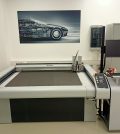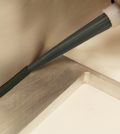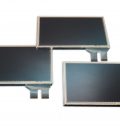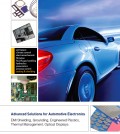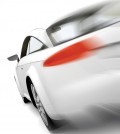Shielding in Mil/Aero applications
An interview to Tim Kearvell, Chomerics Europe, A division of Parker Hannifin
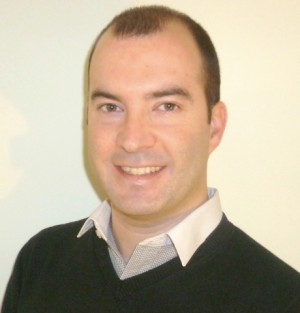
EONEWS: What are the high level additional or unique thermal and shielding challenges in mil / aero applications versus mainstream industrial?
KEARVELL: The need for EMI and thermal performance is similar in both mil/aero and mainstream industrial sectors. However the main unique features we find with mil/aero markets are the environmental conditions and perceived product life of the components. Mil/aero parts are typically subjected to greater extremes of temperature as well as vibration, salt, and chemicals; they generally have a longer working lifecycle too.
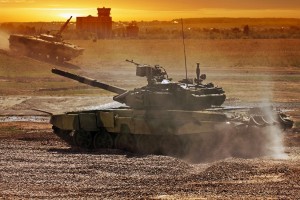 EONEWS: In general can the same shielding and thermal materials be used for industrial and military applications?
EONEWS: In general can the same shielding and thermal materials be used for industrial and military applications?
KEARVELL: There is no segregation in our product range. Chomerics materials are available for both military and non-military applications and customers.
EONEWS: What parameters do prevailing military standards reference (eg. fluid compatibility, flame resistance, wash down chemicals, operating temperature etc.)?
KEARVELL: Military grade elastomers should really be tested in accordance with MIL-G-83528. Some military companies have their own specifications but MIL-G-83528 is the industry benchmark at this time. The standard gives military customers good reassurance that the material is fit for the purpose for which it has been specified.
EONEWS: What are the usual requirements for product lifetime support in mil/aero, for example do you need to hold parts and tooling for 20 years?
KEARVELL: We are not usually bound to contract over the lifetime of the project. However it obviously makes good commercial sense to be tooled for the perceived length of the product life cycle so that both new build and maintenance repair and overhaul (MRO) requirements can be met.
EONEWS: Are mil / aero customers looking to use Commercial off-the-shelf (COTS) to reduce costs and ensure high levels of availability nowadays?
KEARVELL: We see more and more companies expressing the need for ‘no International Traffic in Arms (ITAR) regulations attached to parts. This means that if the product required is in our catalogue then it is exempt from ITAR. Also if the component is manufactured in the UK, for example it is one of our moulded gaskets, this also would be exempt it from ITAR. So COTS is certainly an important and relevant consideration in today’s projects.
EONEWS: What sectors of the mil / aero market are showing the most new applications (eg. field based soldier-worn comms, missile, vehicles – manned and unmanned)?
KEARVELL: We have found that the investment is still strong in most Mil / Aero sectors. Government budgets have mostly hit what we call ‘bullet and boots’ military expenditure, but the large, high level projects that take several years to come to fruition seem to have remained fairly well funded.
In addition to this, the massive growth in demand for air travel has kept civilian aerospace investment very healthy. Also, with the introduction of aircraft that use large amounts of composite material rather than metals, there has been an increase in the need for shielding materials such as those manufactured by Chomerics. Finally, the fact that the airline industry is replacing their aircraft more frequently than ever before makes this sector extremely buoyant.
EONEWS: What do mil/aero customers seek from a supplier of shielding and thermal materials in terms of support beyond the supply of physical products?
KEARVELL: In this sector there is quite an emphasis on providing applications engineering support and this is something that Chomerics puts considerable resource into. This function enables customers to gain information and recommendations on material selection and best design practise. At Chomerics, we also have an R&D function which enables us to modify material formulations to suit customer requirements.
Edited by the Editorial Staff
Contenuti correlati
-
electronica 2024: le novità di Parker Chomerics
La Chomerics Division di Parker Hannifin ha annunciato la presentazione, in occasione della fiera electronica 2024, di tre suoi nuovi materiali termoconduttivi. Le innovazioni riguardano materiali di polimerizzazione termica, pad in elastomeri e gel erogabili. Il nuovo...
-
Gel termico per applicazioni ad alto volume da Parker
La divisione Chomerics di Parker Hannifin ha presentato un nuovo gel termoconduttivo destinato alle aziende che devono affrontare le sfide legate alla produzione in elevati volumi. Il nuovo gel termico THERM-A-GAP GEL 60HF (“High Flow“), con portate...
-
Da Parker un nuovo sigillante elettroconduttivo al politioetere
La Chomerics Division di Parker Hannifin ha presentato CHO-BOND 1018, un politioetere elettroconduttivo bicomponente che funge da raccordo, elastomero o sigillante per linee di giunzione offrendo una schermatura EMI/RFI di alto livello ai moderni sistemi elettronici avanzati....
-
Chomerics: gamma LCD touchscreen per ridurre il time to market
Chomerics ha presentato la nuova gamma di display LCD integrati in formato CHO-TOUCH con misure standard da 4,3 a 12,1”. Questi display sono destinati a settori applicativi dove si incontrano condizioni ambientali difficili, come quello aerospaziale e...
-
Elettronica per autoveicolo, guida aggiornata da Chomerics
Chomerics Europe, divisione di Parker Hannifin, ha pubblicato una guida aggiornata alle sue soluzioni dedicate all’elettronica per l’autoveicolo. Il documento illustra le caratteristiche di dispositivi di schermatura elettromagnetica, componenti di messa a terra, tecnopolimeri, sistemi di gestione...
-
electronica 2014 – Chomerics
Designed to address complex and challenging electronics equipment applications, the Chomerics Europe division of Parker Hannifin will use the forthcoming electronica 2014 (Hall B1, Stand 370) to demonstrate what are considered to be the industry’s most advanced...


